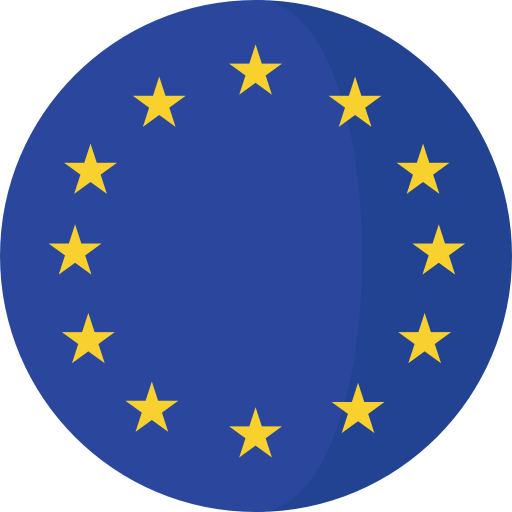La Rochelle, France — Belgian chemical giant Solvay inaugurated a new production line dedicated to rare earth elements at its historic La Rochelle plant on Tuesday, marking a strategic step toward European self-sufficiency in the supply of these critical materials.
The launch, attended by France’s High Commissioner for Planning Clément Beaune and the Belgian Ambassador, aims to bolster Europe’s position in the global green technology race.
Rare earth elements, despite their misleading name, are metals and metal compounds essential to the manufacturing of a wide range of modern technologies—including electric vehicle (EV) motors, wind turbines, smartphones, and military systems.
While abundant in the Earth’s crust, they are challenging to extract and refine. In 2023, China dominated the sector, accounting for approximately 70% of global rare earth production.
With this new facility, Solvay seeks to challenge that dominance. “We are starting small, with an investment of only a few million euros, to prove the concept,” said Solvay CEO Philippe Kehren.
“But this represents a completely new value chain for Europe.” Currently, the continent has only a handful of small-scale permanent magnet producers.
The La Rochelle site, active since 1948, is the only industrial facility in Europe capable of processing rare earth elements at scale.
Previously focused on producing rare earths for automotive catalysts, the plant will now pivot toward manufacturing materials for permanent magnets—vital components in electric vehicle motors and renewable energy systems.
Solvay plans to meet up to 30% of Europe’s rare earth needs for permanent magnets by 2030. Initial production will begin with several hundred tonnes, and the company already has contracts with automakers and wind turbine manufacturers.
Scaling up to meet the 2030 target would require over €100 million in additional investment, Kehren noted, emphasizing the need for financial guarantees and regulatory support.
An integral feature of the new production line is its sustainability. The process will initially rely entirely on recycled rare earths, a move designed to reduce dependence on imported raw materials and cut environmental impact.
“Currently, all end-of-life electric vehicle motors are sent to China. Europe needs regulations to keep recyclable materials within the region,” Kehren stressed, echoing a point also made by An Nuyttens, Solvay’s president of Special Chem.
The company’s innovation also targets environmental efficiency. By 2030, Solvay aims to slash its CO₂ emissions by 40% and cut water consumption by half. “Our expertise enables us to maximize rare earth recovery and use 75% renewable energy,” explained Nuyttens.
Despite current cost disadvantages compared to Chinese competitors, Kehren remains optimistic. “Our engineers are skilled and can optimize processes with digitalization and machine learning. While we currently have a cost gap, it can be bridged with further investment in Europe.”
The La Rochelle initiative marks a significant step in Europe’s effort to regain control over critical mineral supply chains, underscoring the geopolitical importance of technological and industrial sovereignty in an increasingly competitive global market.
